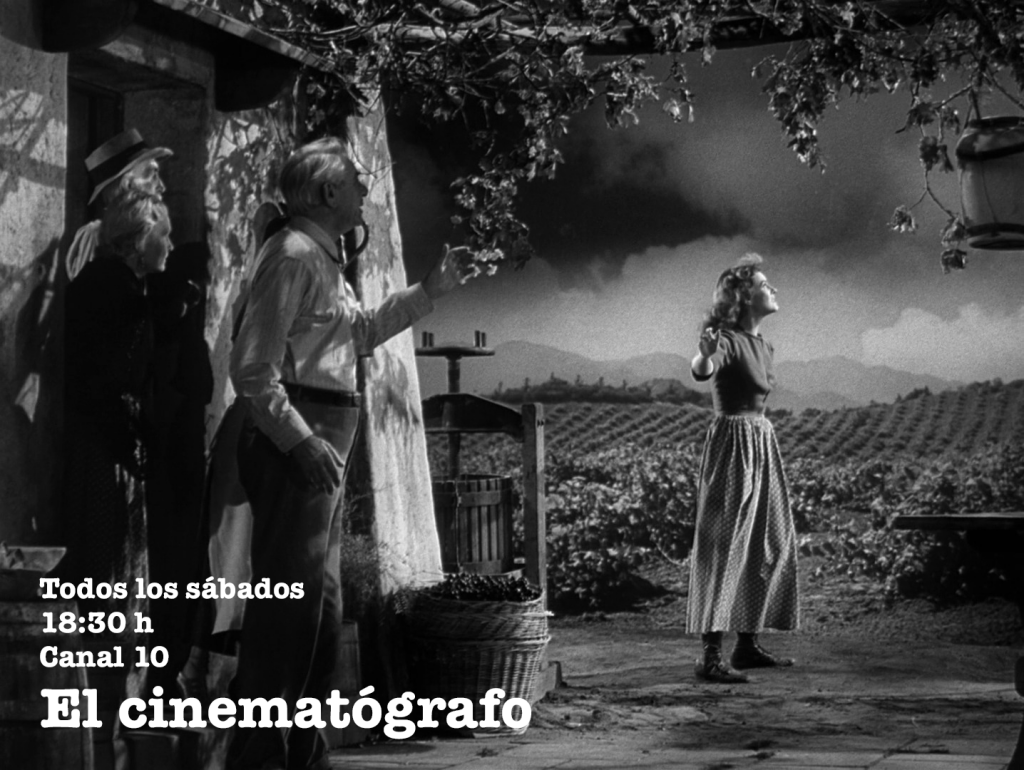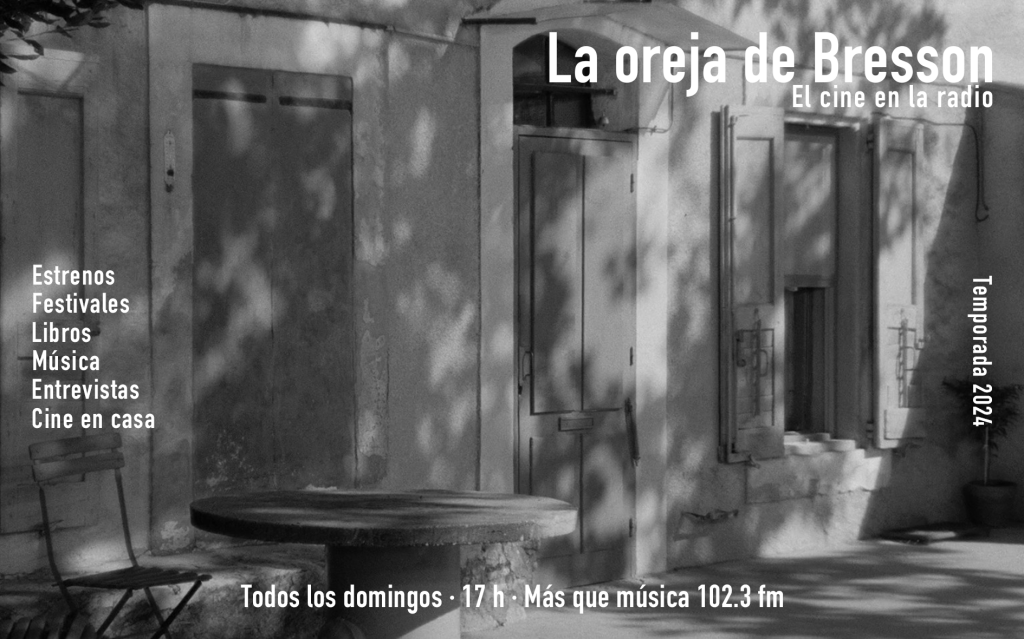
OLHAR DE CINEMA 2015 (05): WAYS OF LIFE
By Roger Koza
Set in the early 90s, this extraordinary collective portrait -whose subjectivity refers to certain past community experiences in a decadent key- is a modest prodigy of narrative economy supported by some perfect editing and a formidable cast. In his fifth film, Nathan Silver makes his style invisible by camouflaging with the characters, and chooses a home-video texture that refers to the time the film is set in. In a small therapeutic community for former addicts located in New Jersey, men and women survive their past anyway they can, which includes the obligatory individual psychodrama in which the members refresh their traumas while they film each other. After the celebration of a wedding between two members from the collective, the unexpected and subsequent incorporation of a young woman in the house alters the fragile balance of the place. The fact that the shoot itself led the actors to actually live together explains the effectiveness of the improvisations and Silver’s magnificent capability of capturing fleeting gestures from his performers. The director was also able to conjure cruelty and lovingly accompany his lost creatures. Paradoxically, Stinking Heaven is not at all a stinking film. In its own way it shines.
And what about a interspecies community? This is the core of Ming of Harlem: Twenty One Storeys in the Air, the outstanding Phillip Warnell film. In fact, community here means family, a kind of.
Yes, this is the family story of a man who lived for a long time in a Harlem apartment together with a Bengal tiger named Ming, who slept at his side and watched films with him on the weekends –a heterodox, inhumanly loving bond between the species that later extended to a crocodile named Al. It constitutes a poetic essay about certain connection areas that can often occur between beasts and men and have nothing to do with domestication. Warnell’s point of view is explained by a quote from Jacques Derrida and a short text by Jean-Luc Nancy –which exceeds anthropomorphism– and it combines with Antoine Yates’ own story. Both the beginning’s archive footage, featuring a female tamer and a tiger, and another excerpt showing moments of the judicial scandal Yates faced and his own testimony, work as the preamble to a direct meeting with both feline and a reptile interpreters who wander around an apartment that is similar to Yates’. The animals’ eyes are even greater prove of that mysterious love triangle that escapes the logics of ethology and anthropology’s too comfortable definitions.
Roger Koza / Copyleft 2015





Últimos Comentarios